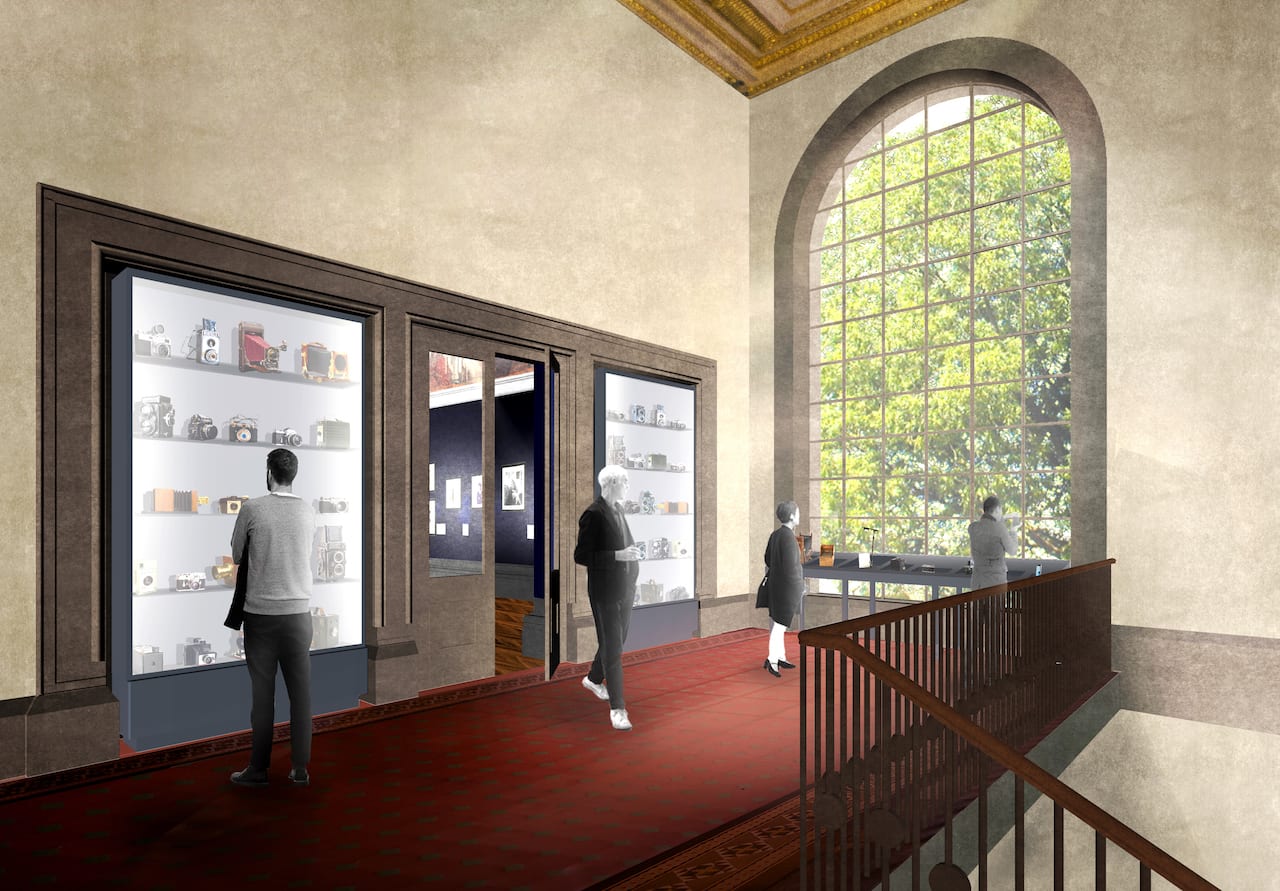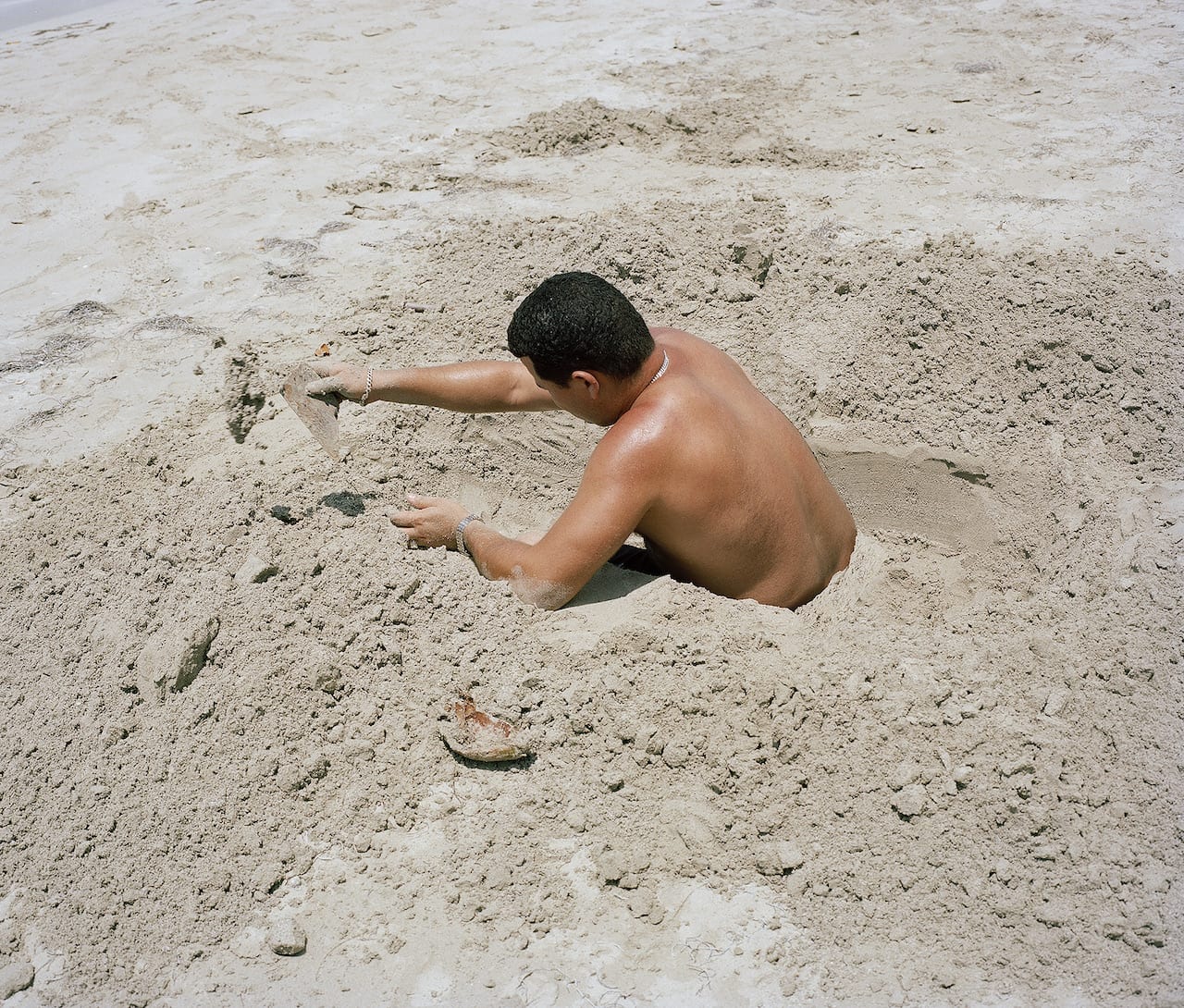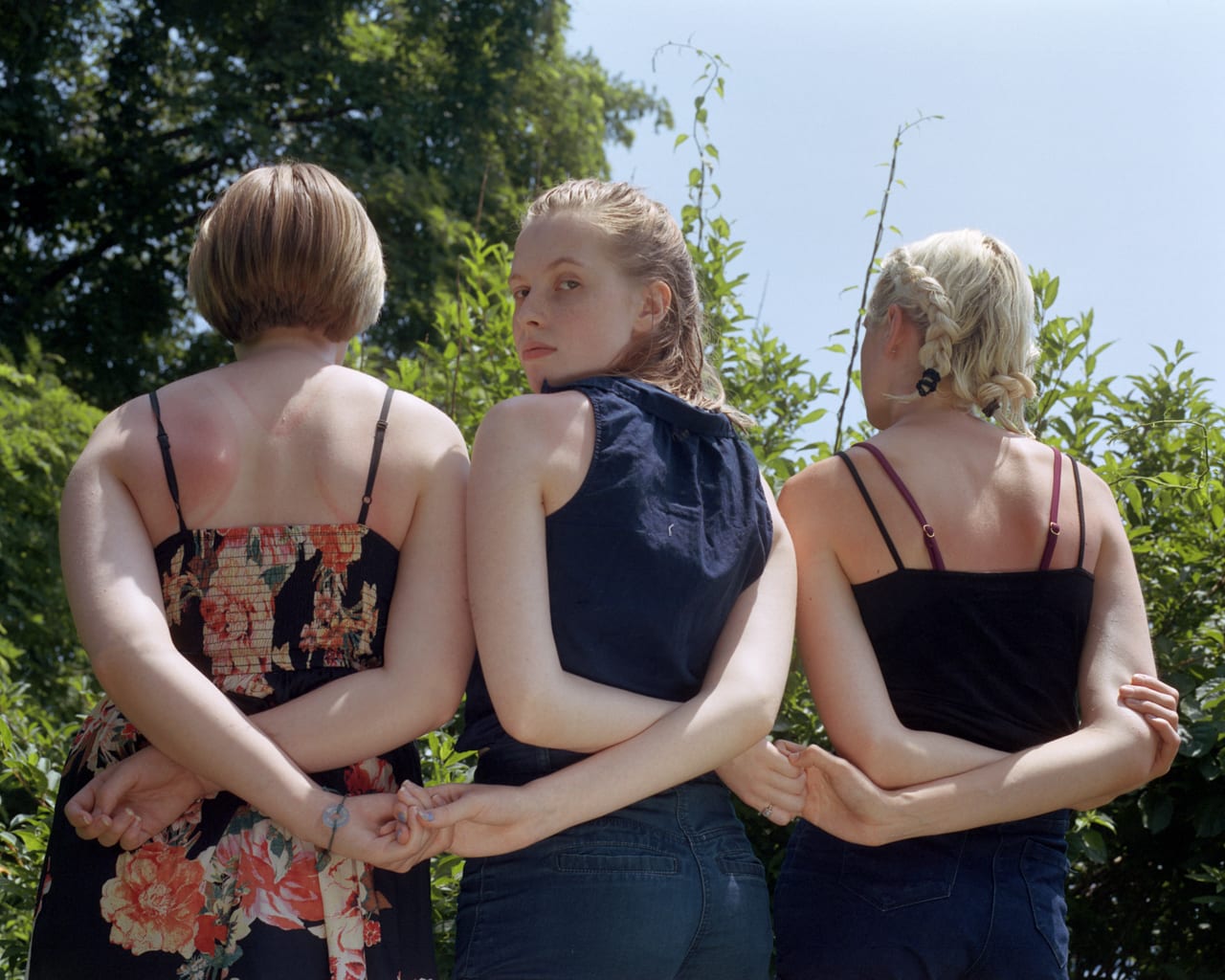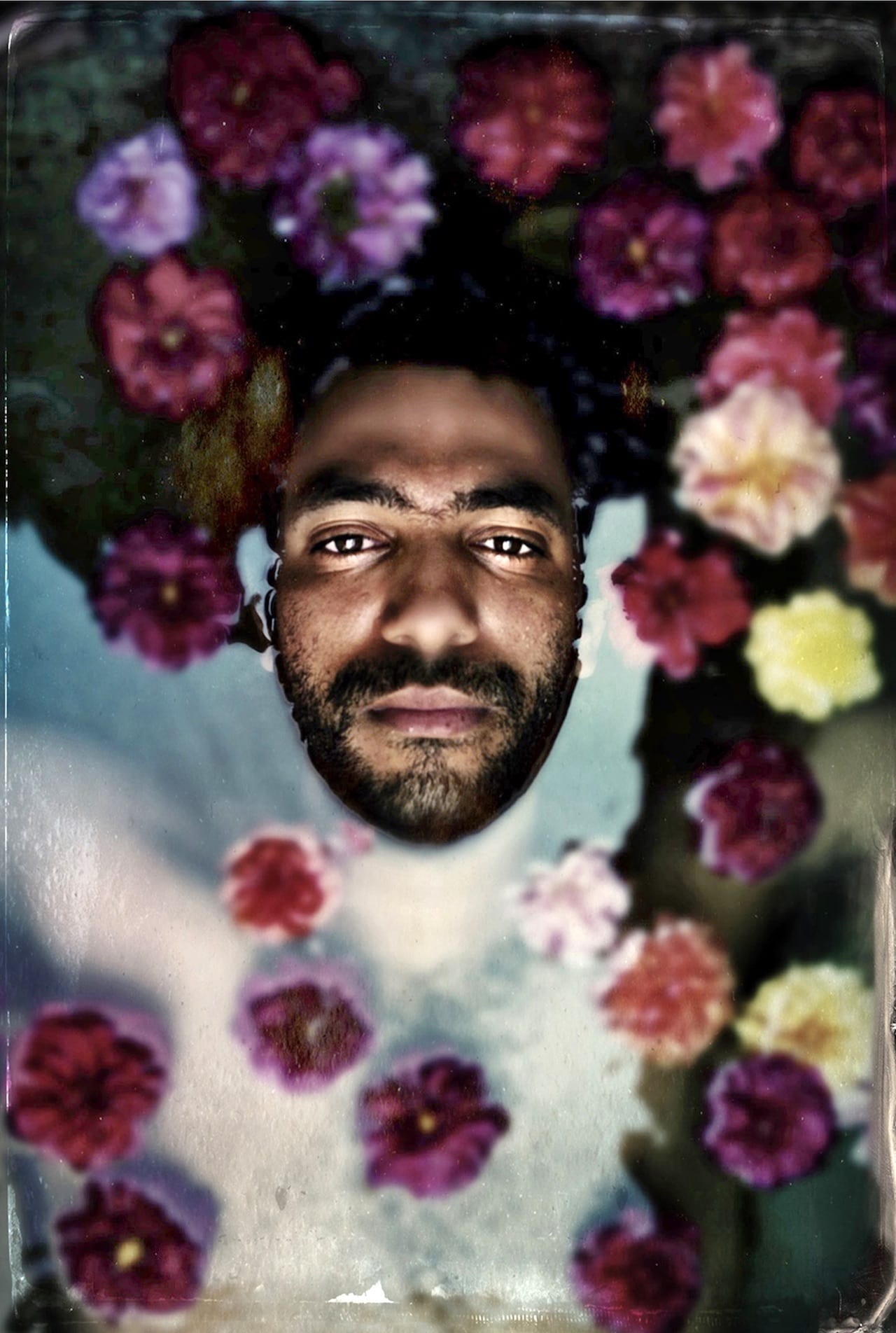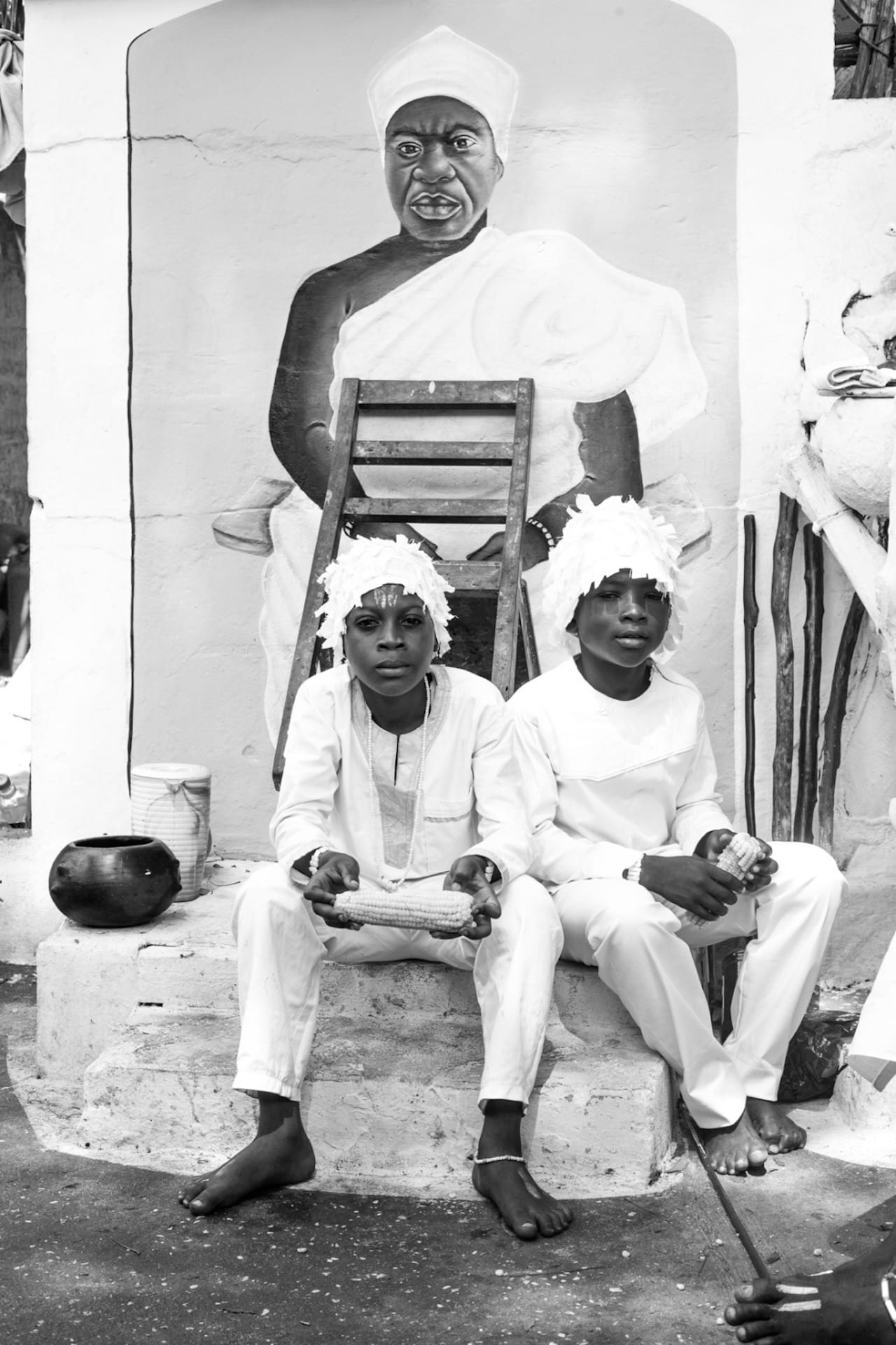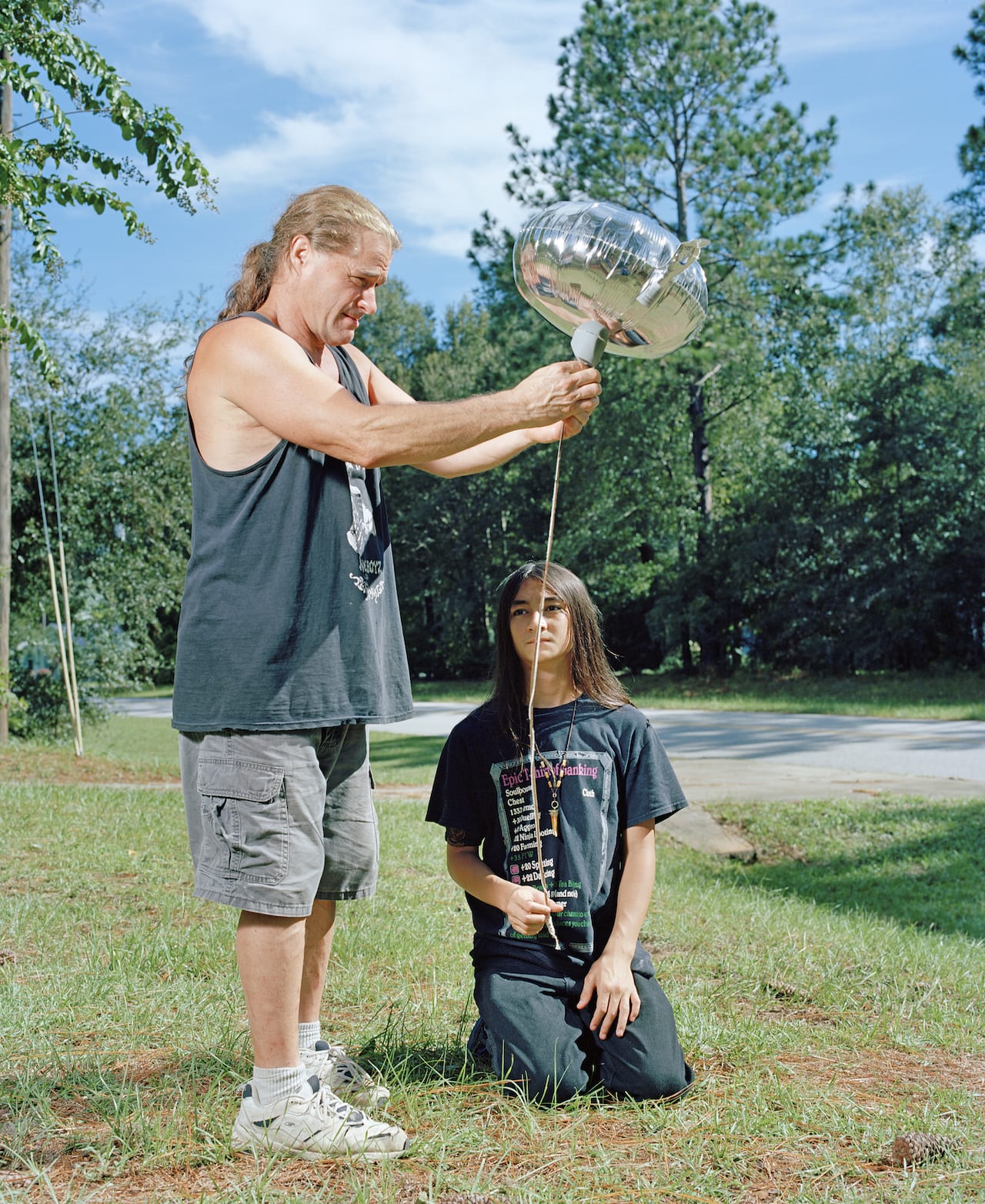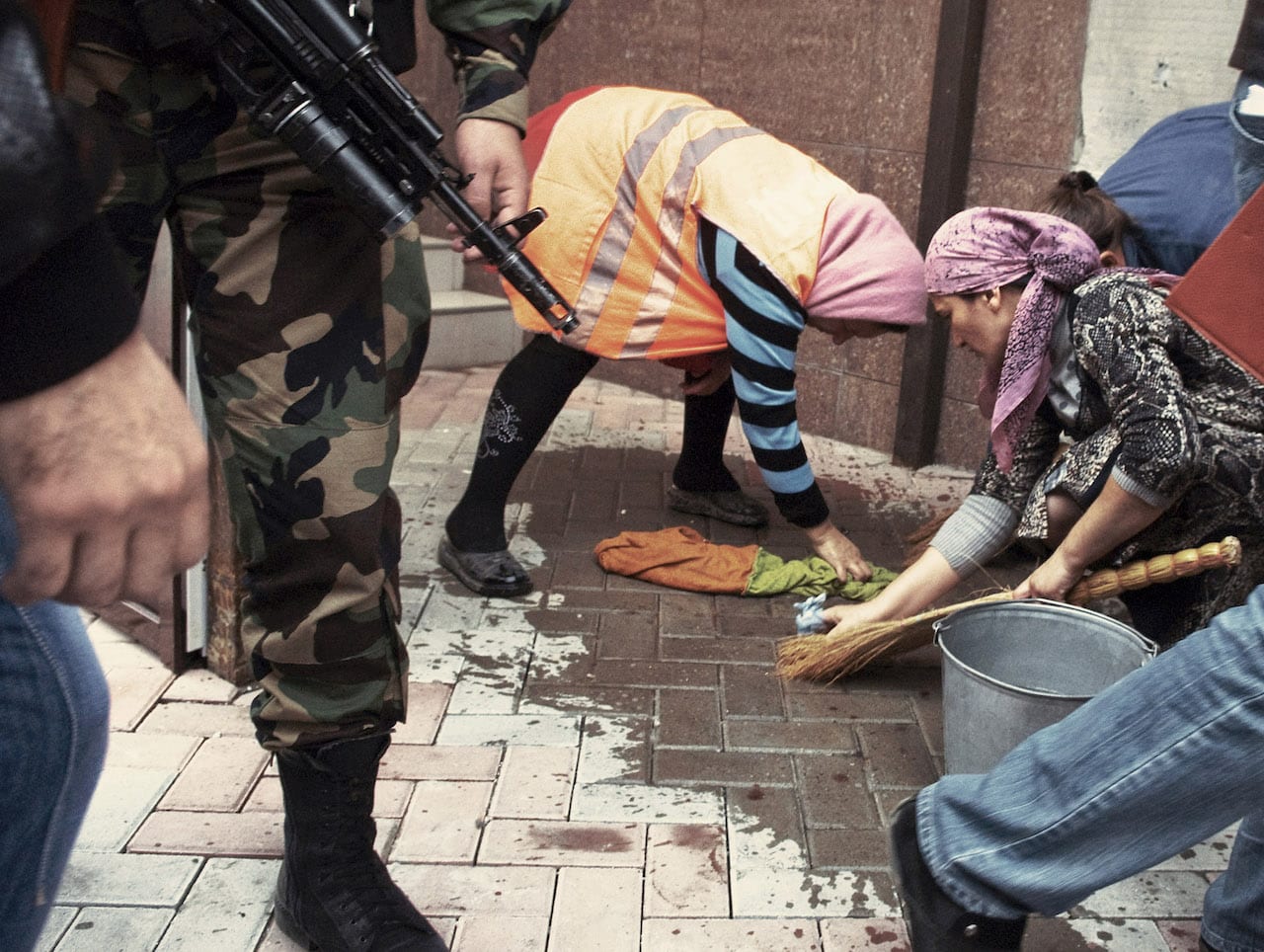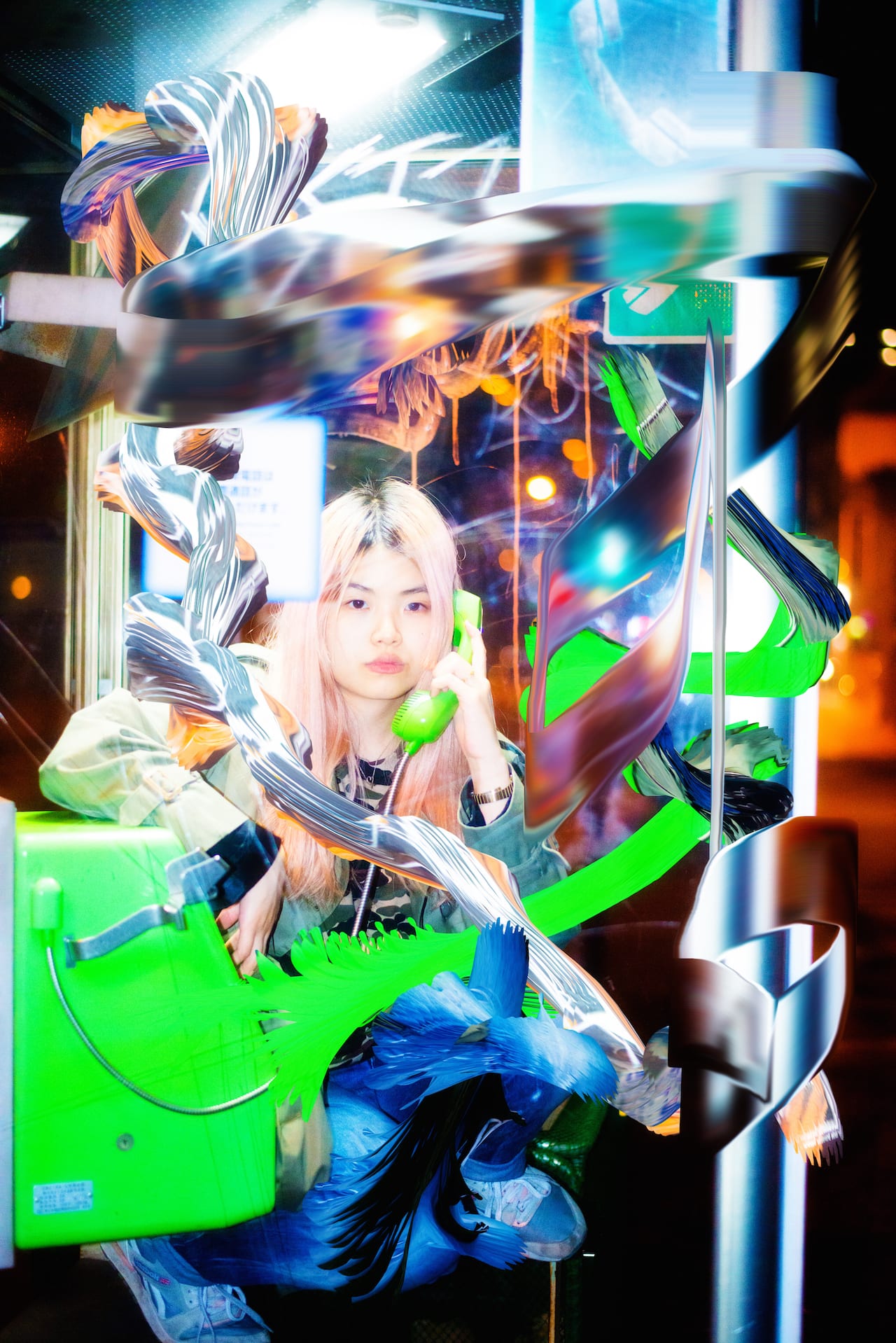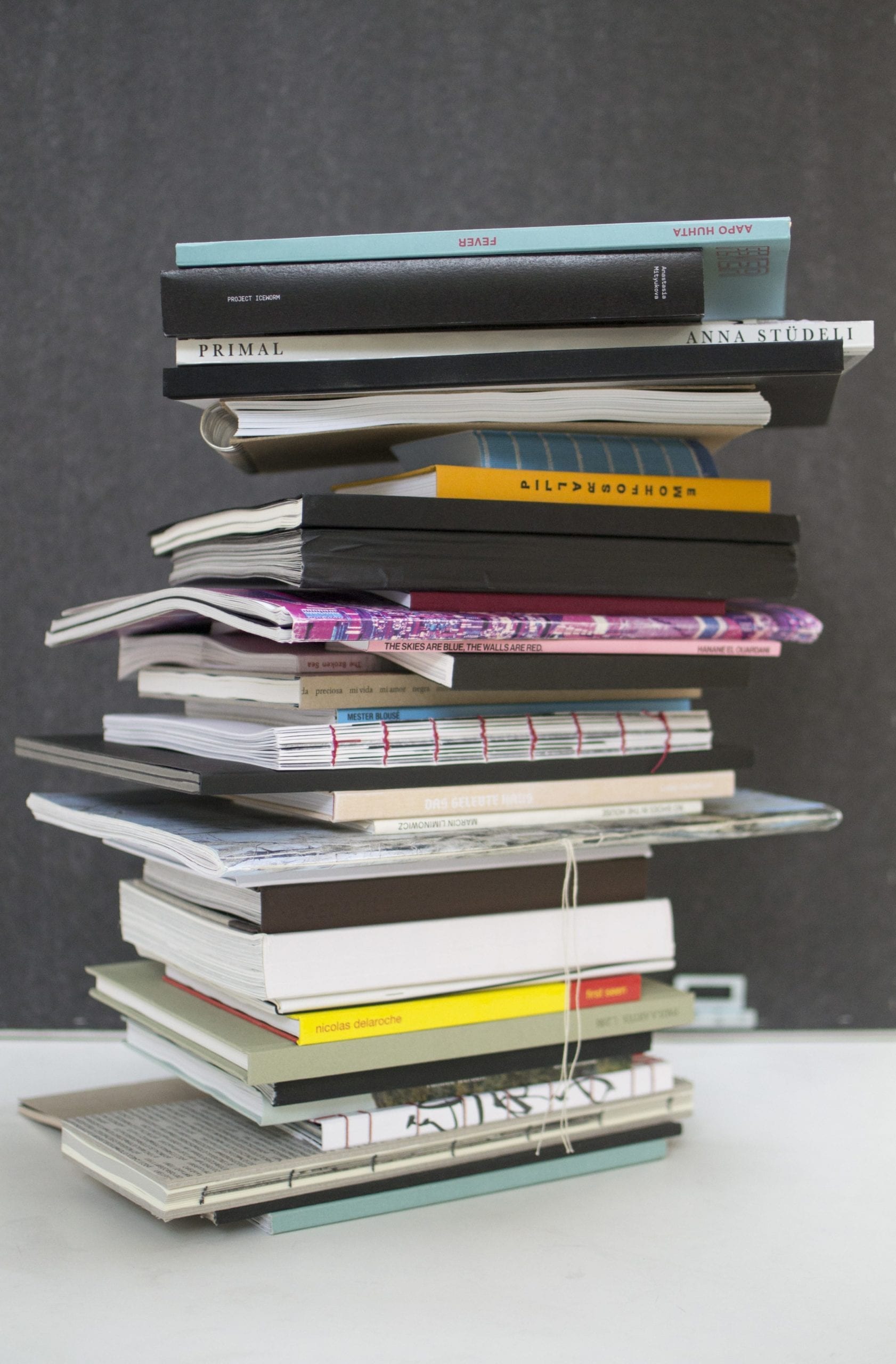Those who have had the pleasure of ambling along the corridors of the 17th-century building at the heart of the museum district in Kensington, London, will recall the Victoria and Albert Museum’s high ceilings and impressive galleries, with polished floors and walls adorned with historical oil canvases, all connected by staircases embellished with intricate mosaics.
Climbing one such stairwell in a far corner of the building, you surface to face two tall, fudge-brown doors with shiny handles. The pair of robust glass cabinets framing these doors are currently empty, but will soon be packed with some 300 cameras and image-making devices. To one side, a long wooden table will be laden with models of some of the first cameras – a large format perched on a tripod, a Rolleiflex, a camera obscura and 35mm camera. Visitors will be invited to play around and put themselves in the shoes of the photographers who used these devices, pausing to peek through the lenses and take note of this new way of looking and constructing an image of the world on the other side. It is a sculptural array of the golden age of photography, the grand entrance to the new photography centre, opening its first phase to the public on 12 October.

